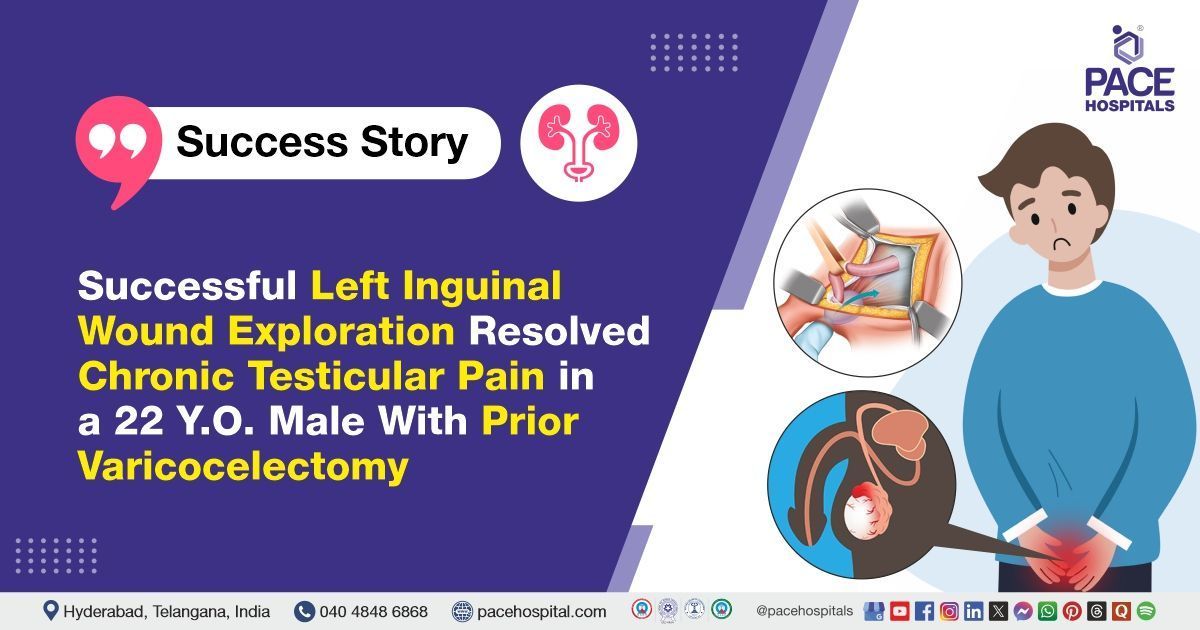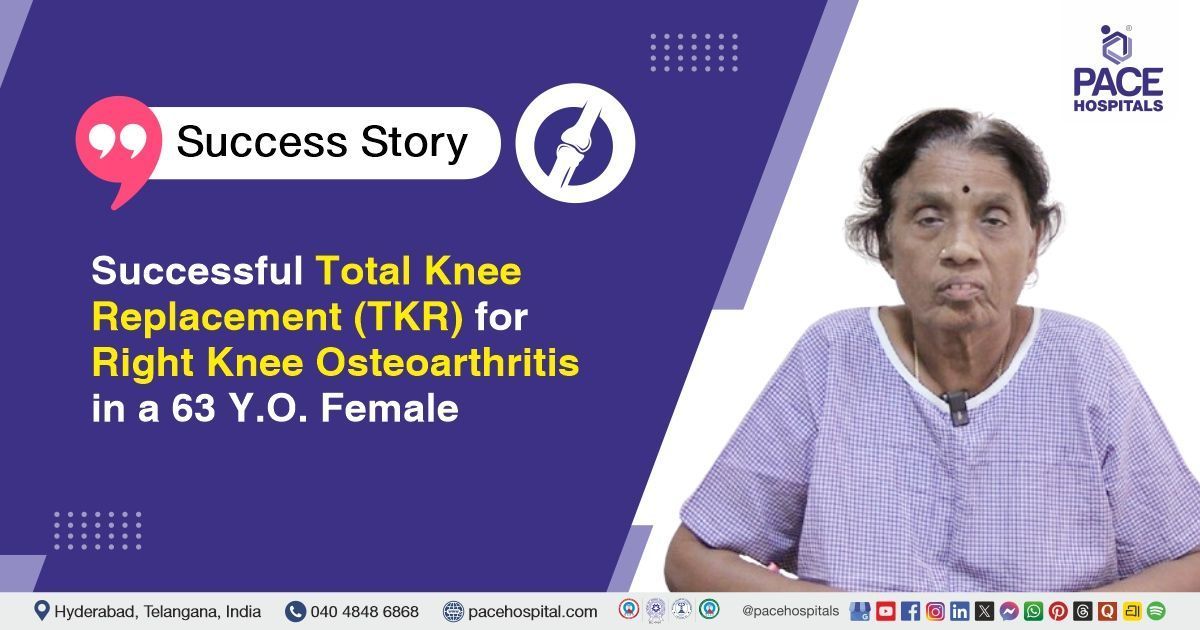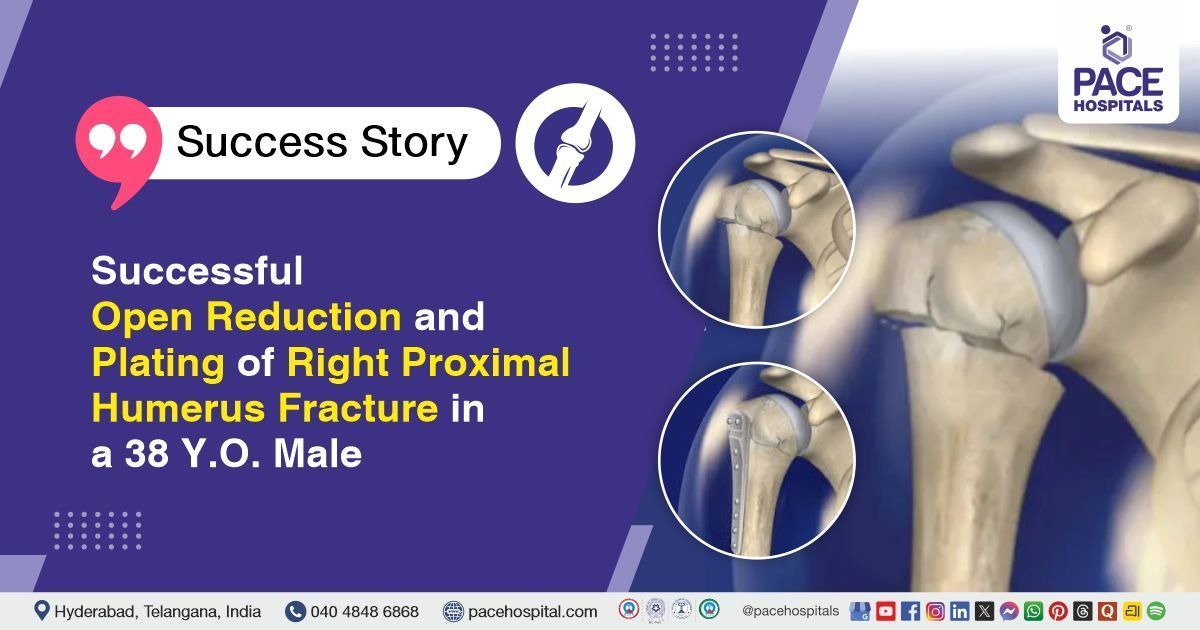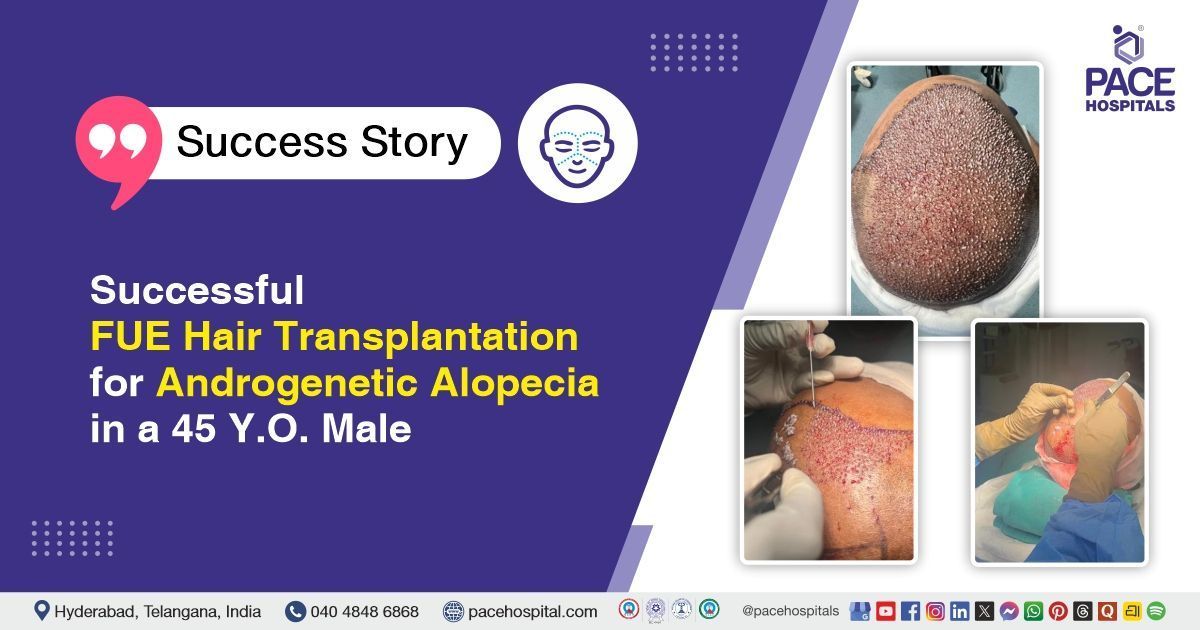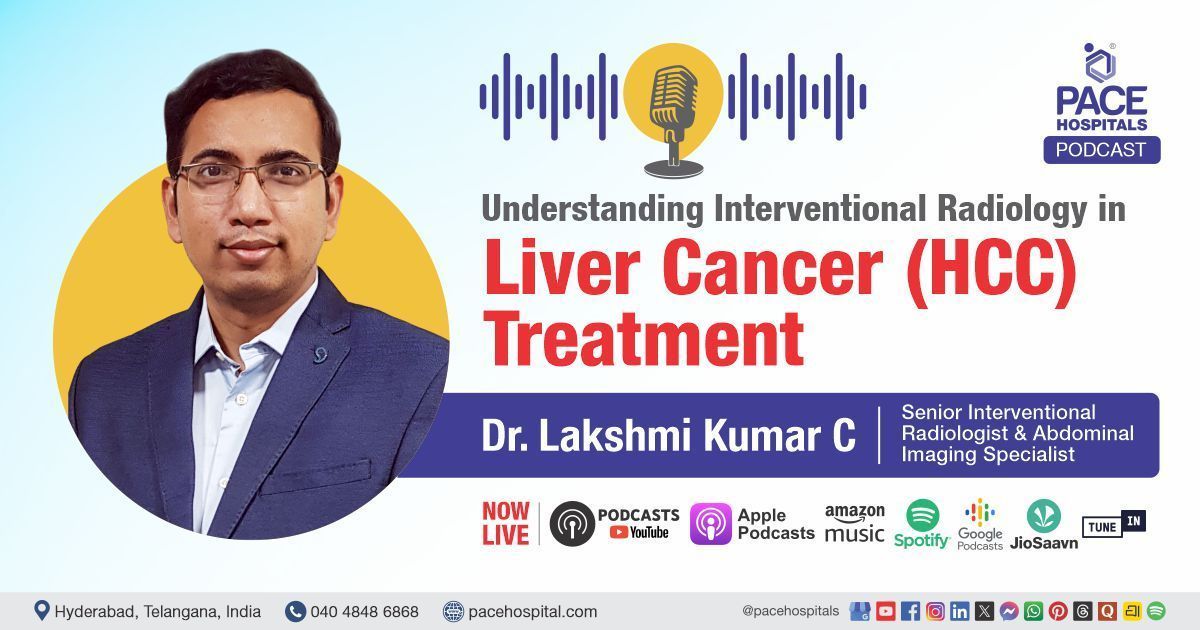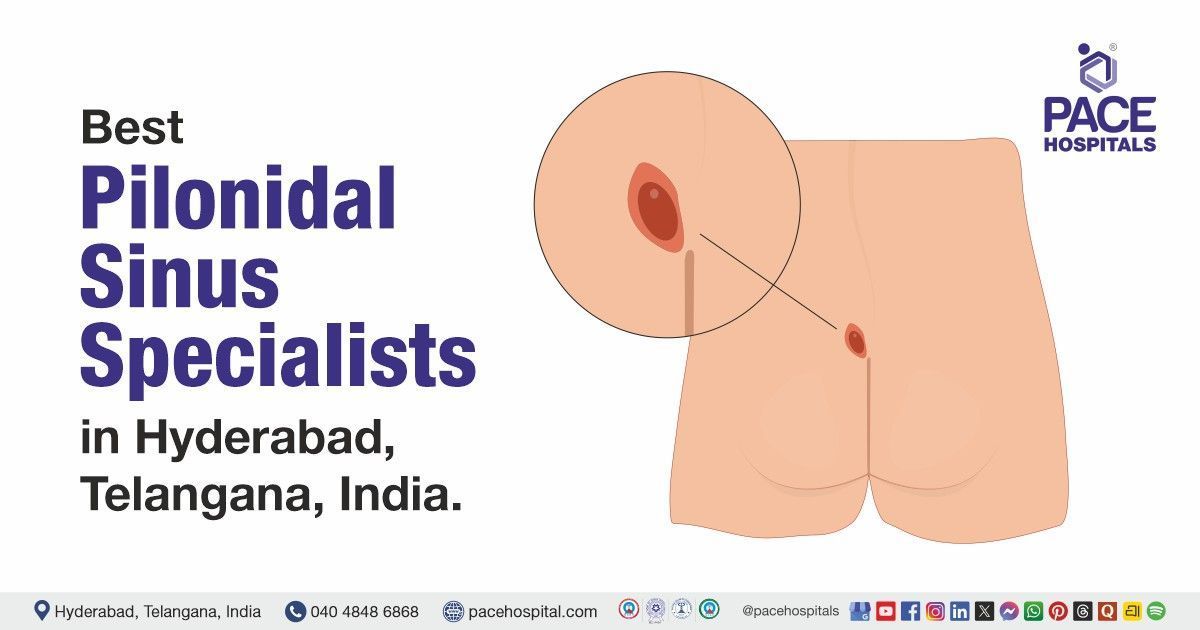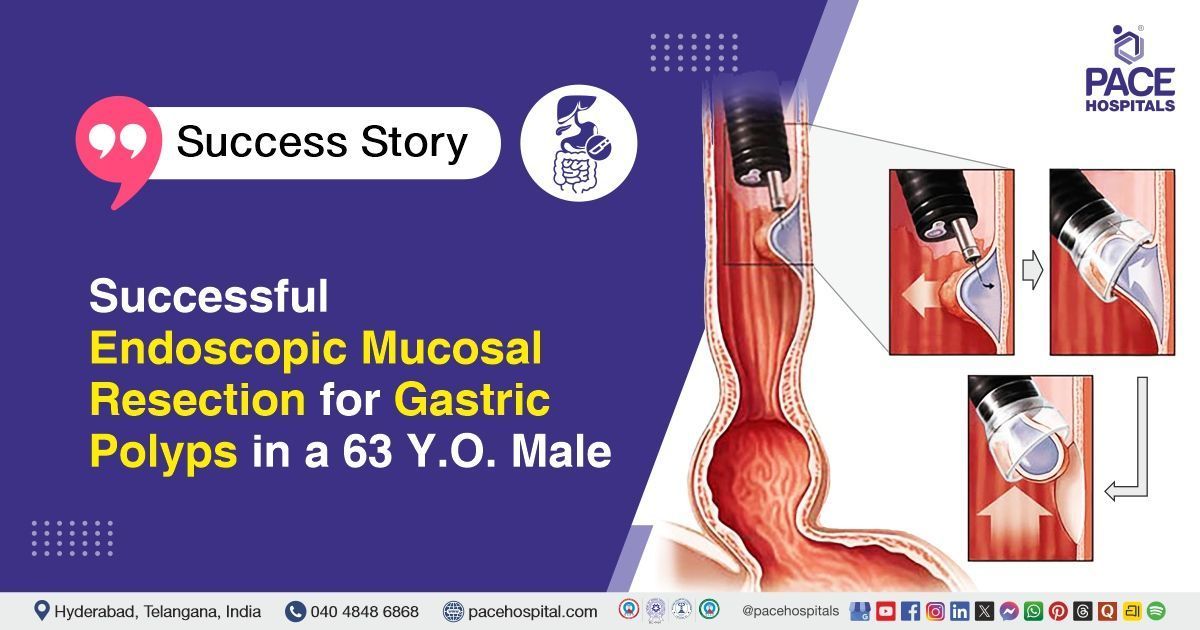Successful Left Inguinal Wound Exploration Resolved Chronic Testicular Pain in a 22 Y.O. Male With Prior Varicocelectomy
PACE Hospitals
The PACE Hospital's expert Urology team successfully performed a
Left Inguinal Wound Exploration on a 22-year-old male patient who presented with chronic orchialgia. The aim of the procedure was to identify and treat the underlying causes of chronic orchialgia (persistent testicular pain). The procedure aimed to evaluate and address potential underlying causes of the pain, including nerve entrapment, scar tissue formation, or other anatomical abnormalities within the inguinal region.
Chief Complaints
A 22-year-old male patient with a
body mass index (BMI) of 21.2 presented to the Urology Department at
PACE Hospitals, Hitech City, Hyderabad, with a one-year history of left testicular pain that had not improved despite multiple medical treatments.
Past Medical History
The patient had undergone a left varicocelectomy 18 months prior as a surgical treatment for varicocele.
On Examination
On examination, the patient was found to be stable with normal vital signs. Local examination of the left inguinal region revealed abnormal findings, including the presence of dense fibrotic tissue and nerve entanglement, consistent with chronic inflammation or scarring. No signs of acute infection or swelling were noted. The remainder of the physical examination, including the contralateral testis and abdominal examination, was normal. Neurological assessment of the lower limb was also normal, with no evidence of sensory or motor deficits.
Diagnosis
Upon admission to PACE Hospitals, the patient underwent a comprehensive evaluation by the Urology team, including a detailed clinical examination and review of medical history. He presented with a one-year history of left testicular pain that was unresponsive to multiple medications and had a prior history of left varicocelectomy performed 18 months earlier.
Imaging and clinical assessment raised suspicion of chronic orchialgia secondary to nerve entrapment or fibrosis in the left inguinal region. The patient was diagnosed with chronic orchialgia likely caused by dense fibrotic tissue and nerve entanglement in the left inguinal area. Laboratory investigations and vital signs were stable, with no signs of acute infection or systemic illness.
Based on the clinical findings, the patient was scheduled for chronic orchialgia treatment in Hyderabad, India, under the expert care of the Urology Department.
Medical Decision Making
After a detailed consultation with Dr. K Ravichandra, Consultant Urologist, a comprehensive evaluation was conducted to determine the most appropriate diagnostic and therapeutic approach for patient with left testicular pain persisting for one year and refractory to multiple medications. Based on clinical assessment and operative findings, including dense fibrotic tissue with nerve entanglement in the left inguinal region, surgical intervention was deemed necessary.
It was determined that the patient’s chronic orchialgia was likely caused by nerve entrapment within fibrotic tissue. Left inguinal wound exploration was identified as the optimal treatment to relieve pain and improve his quality of life.
The patient and his family members were informed about the diagnosis, the planned surgical procedure, its potential benefits, and associated risks.
Surgical Procedure
Following the clinical decision, the patient was scheduled for a Left Inguinal Wound Exploration in Hyderabad at Pace Hospitals, under the expert care of the urology department.
The procedure involved the following steps:
- Patient Preparation and Positioning: The patient was properly identified, and informed written consent was obtained after explaining the procedure. Prophylactic antibiotics were administered as per protocol. The patient was positioned supine on the operating table. The surgical area over the left inguinal region was cleaned and draped using strict aseptic precautions.
- Inguinal Incision and Exposure: A standard inguinal incision was made over the left groin, preferably along the previous surgical scar from the prior varicocelectomy. Dissection was carried out through the skin, subcutaneous tissue, and external oblique aponeurosis to expose the inguinal canal. The spermatic cord was identified and gently retracted to provide adequate exposure.
- Identification of Fibrosis and Nerve Entrapment: Dense fibrotic tissue was noted in the inguinal canal, likely representing post-surgical scarring. Upon further dissection, one or more peripheral nerves were found entrapped within the fibrotic bands. These were consistent with branches such as the ilioinguinal or genital branch of the genitofemoral nerve. The nerve entrapment was confirmed by visual inspection and careful palpation.
- Neurolysis and Neurectomy: The entrapped nerve was carefully released from the surrounding fibrotic tissue using meticulous dissection (neurolysis). Once freed, the involved nerve was transected (neurectomy) to prevent continued pain transmission. The proximal nerve stump was buried within adjacent soft tissue to reduce the risk of neuroma formation. Hemostasis was ensured throughout the procedure.
- Wound Closure: The surgical field was irrigated with normal saline. The incision was closed in layers, using absorbable sutures for deep tissues and non-absorbable sutures or skin staples for the skin.
Postoperative Care
The procedure was uneventful, and the patient remained hemodynamically stable throughout recovery. Postoperatively, the patient was monitored for vital signs, pain, and signs of infection. Antibiotics, analgesics, and supportive treatment were administered as prescribed. The patient was discharged in stable condition with appropriate follow-up instructions.
Discharge Medications
The patient was prescribed an antibiotic to prevent or treat any potential postoperative infection. For pain management, an analgesic was given to help alleviate discomfort. Additionally, a non-steroidal anti-inflammatory drug (NSAID) was included to reduce inflammation and further control pain after the surgery. To support tissue healing and reduce swelling, a proteolytic enzyme preparation was also prescribed.
Emergency Care
The patient was informed to contact the emergency ward at PACE Hospitals in case of any emergency or development of symptoms like fever, hematuria, or dysuria.
Review and Follow-up Notes
The patient was advised to return for a follow-up visit with the Urologist in Hyderabad at PACE Hospitals after 1 week for suture removal.
Conclusion
This case highlights the management of chronic orchialgia refractory to medical treatment, where surgical exploration revealed nerve entrapment within dense fibrotic tissue. Successful neurolysis and neurectomy of the affected nerve provided relief. The procedure was uneventful, and the patient was discharged in stable condition with planned follow-up for suture removal and ongoing care.
Addressing Chronic Orchialgia Through Targeted Nerve Surgery
Chronic orchialgia can be a challenging condition to manage, especially when conservative treatments fail to provide relief. This case underscores the importance of considering nerve entrapment within fibrotic tissue as a potential cause of persistent testicular pain, particularly following previous surgeries like varicocelectomy. Surgical exploration by a skilled
urologist / urology doctor with careful neurolysis and selective neurectomy may offer a solution by directly targeting the source of neuropathic pain. Early identification and timely intervention can improve patient outcomes and quality of life. This approach highlights the need for multidisciplinary evaluation and tailored treatment strategies in complex chronic pain syndromes.
Share on
Request an appointment
Fill in the appointment form or call us instantly to book a confirmed appointment with our super specialist at 04048486868

